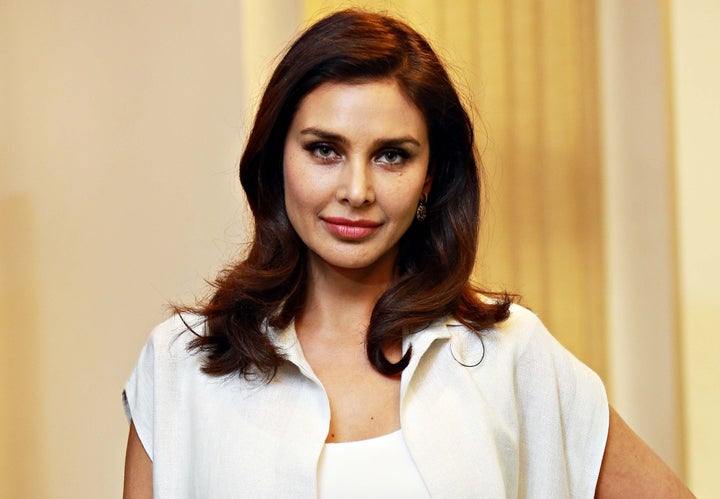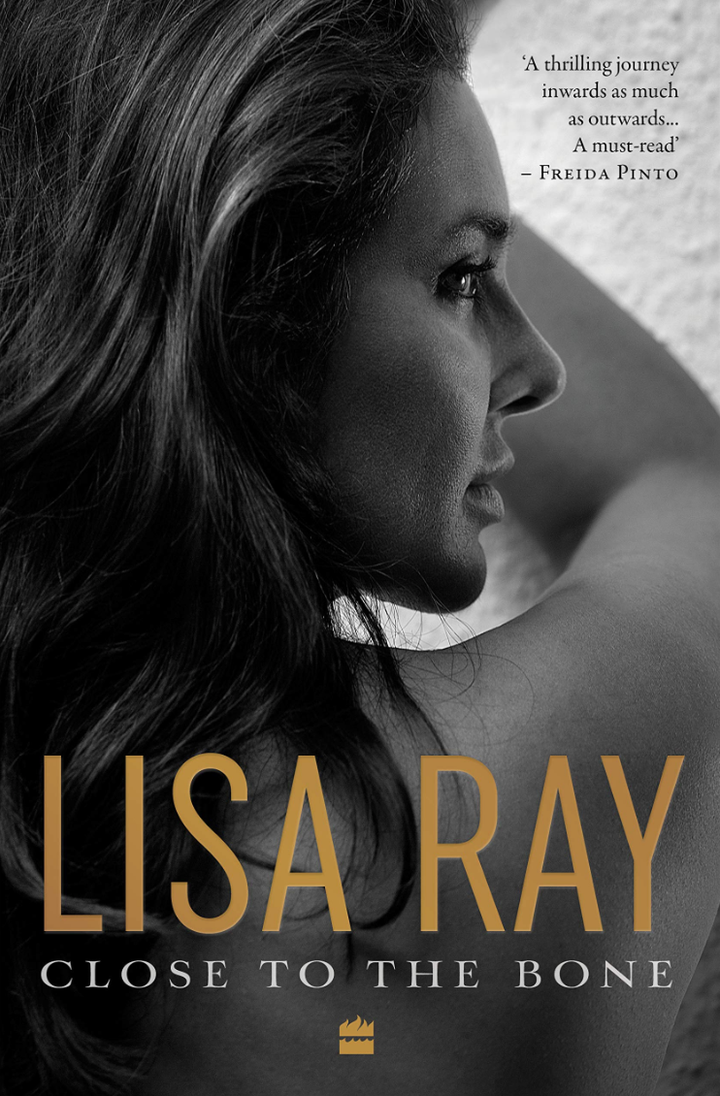
I was more or less on a set working as a model or ‘personality’ every single day. I was now in my mid-twenties and had clocked up eight years in Bombay. I was still charmed when I saw kids stow themselves away in the trees during a location shoot, clinging to branches to get the best view, cupping their hands over their mouths to giggle and whisper to each other. But I was getting tired. Sometimes I would wake in the night, the hotel room distorted and wavy, wondering where I was. Outside of work there were demands on my time to attend events like Umang, the Bombay Police’s annual cultural event, or a garba evening organized by a local MP. Refusal was out of the question. In the previous five years, I hadn’t had a single day off. And the days were long. There was no concept of ‘turnaround’ time or strictly enforced time limits on how long a human could reasonably be expected to toil. I felt for the lighting men, the junior artistes, all the technicians on a suffocating set without whom none of the fantasy would be possible. But I was too exhausted to advocate for them. When the travel and work is like that, you almost forget it even happened. Your body wades through the days, while your mind sees everything through a pool of water or blacks out. ‘Wow, that’s a skill, talking non-stop.’ I said to my make-up artist Hameed once during a location shoot. ‘But Lisa, I haven’t said anything for the last half hour.’ I was hearing things. A low, breathless whine poured through my ears that I mistook for voices. That morning in fact, I asked Hameed to begin working on my face while I was semiconscious, lying in bed. A diva-esque request on the surface, but I was simply too burned out to get up at 4 a.m. At that time, popular names went from job to job, putting your face behind everything, from soap to sarees to cars to washing powder to music videos to editorials on the cover of Elle magazine (which entered the Indian market in 1996). When the music channel and satellite television revolution came to India, I was offered a job as a veejay for BPL Oye on home-grown music channel Channel V, and co-hosted my own film review show called Star Biz. Life was gleaming with opportunity and for every ‘no’, another offer would grow in its place. My position seemed assured, as if it would last no matter how much I toyed with it. I was still less interested in the commercial aspects of my career than this idealistic notion that I was part of a creative revolution. When I was working. I became a bride of the camera. A fever would summon a doctor to the set, shots would be given, and strips of antibiotics tucked into my spot boy’s bag, alongside my gum and tiny Ganesha and whatever book I was reading. I wanted to be someone else, a better version of myself, not just in appearance, and the industry helped mould me. At times I was haunted by the thought that there were now so many other girls waiting for the chance I’d been given. Even though I had never wanted to be a model, I worked very hard at it, turned it into a passion and enjoyed all its fleeting pleasures.
I did a few music videos, including an iconic one for the legendary Sufi vocalist Nusrat Fateh Ali Khan. I had always enjoyed the showy rhythm of those Hindi film qawwalis, the soaring notes, and stylized, expressive gestures, but without really understanding the mystical tradition until I moved to India. Then, the Sufi, the fakir, the mystic became romantic objects of fascination for me. How is it possible, this utter devotion to the divine, and how is it that you sing to the untold stories of my soul? Those streamers of sound transported me. The air, the earth, the crow, the kabadi-wallah whistling roadside were all mine. Life unwrapped itself, revealed itself to be shining. Of course, I would be a part of his video, no questions asked.
For the latest news and more, follow HuffPost India on Twitter, Facebook, and subscribe to our newsletter.
The aesthetic was dreamy but also very straight: no irony allowed. The song was ‘Afreen, Afreen’ (O most beautiful one) and there I was, walking the desert in billowing fabric, being pursued by a hunky male model named Himanshu. Of course, in the Sufi tradition, all praise of the beautiful one is of the beloved, or God. Music videos in India were at the height of their popularity but I’m still not sure why this haunting meditation on divine love ended up being visualized by Ken Ghosh in the deserts of Rajasthan. But I enjoyed Ken’s light-hearted approach to work and was happy to film with him, even in 40-plus degree weather where the camera lens was in danger of melting. I also didn’t anticipate the video would become such a hit, that I would be known thereafter as the Afreen girl – even now, decades after its release. But one person who took the shoot very seriously was Himanshu. He really wanted to break out of modelling and become an actor. In one shot, he was supposed to walk off into the desert, so the director set up a crane. Off went Himanshu, overacting to the hilt, wiping his brow, falling and stumbling in the sand for dramatic effect. The director got his shot, and they began to disassemble the crane. But Himanshu was still walking off into the desert, becoming this tiny little dot in the distance. ‘Oh no, we forgot to yell “cut”,’ said the director. ‘He’s going to end up in Pakistan!’

Excerpted with permission from Close to the Bone, Lisa Ray, HarperCollins India.